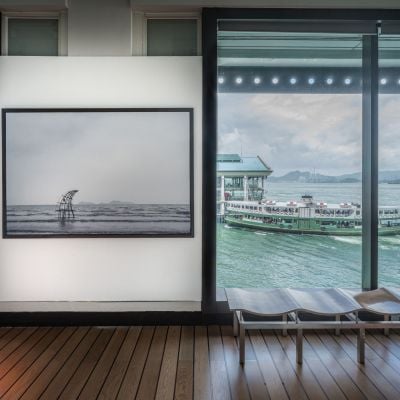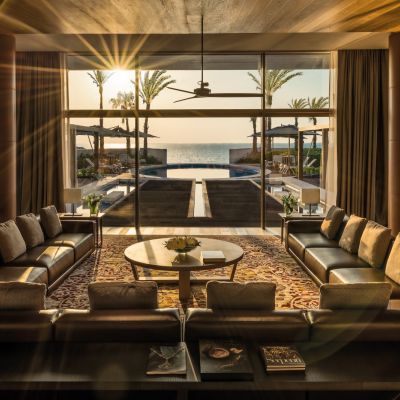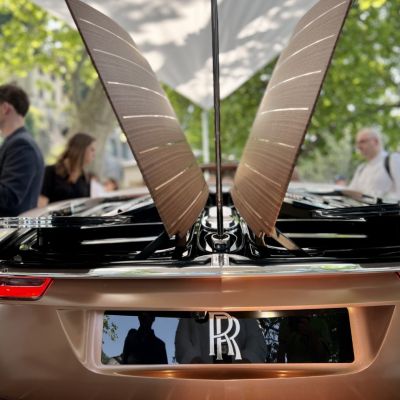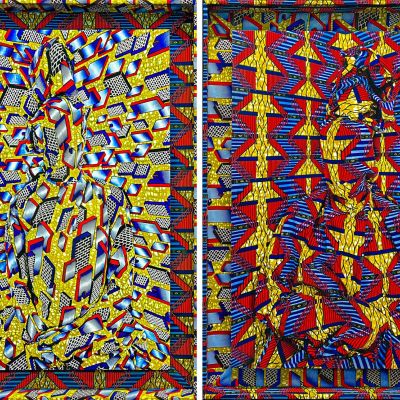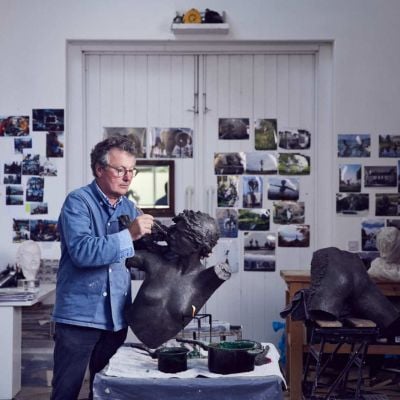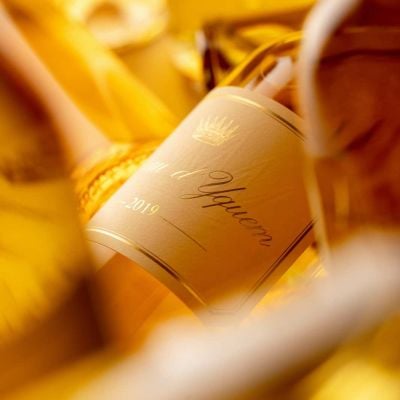Dare to Drive
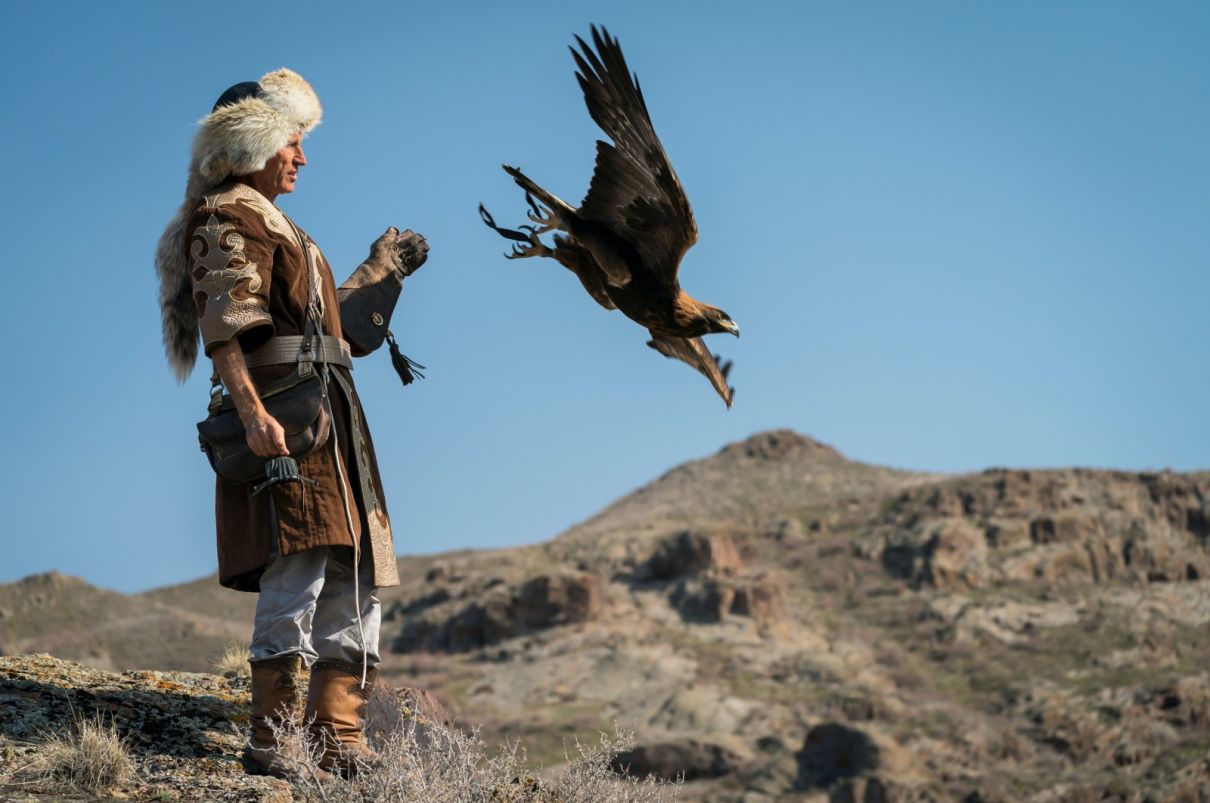
Testing Mazda’s CX-60 plug-in hybrid on Turkey’s exhilarating highways.
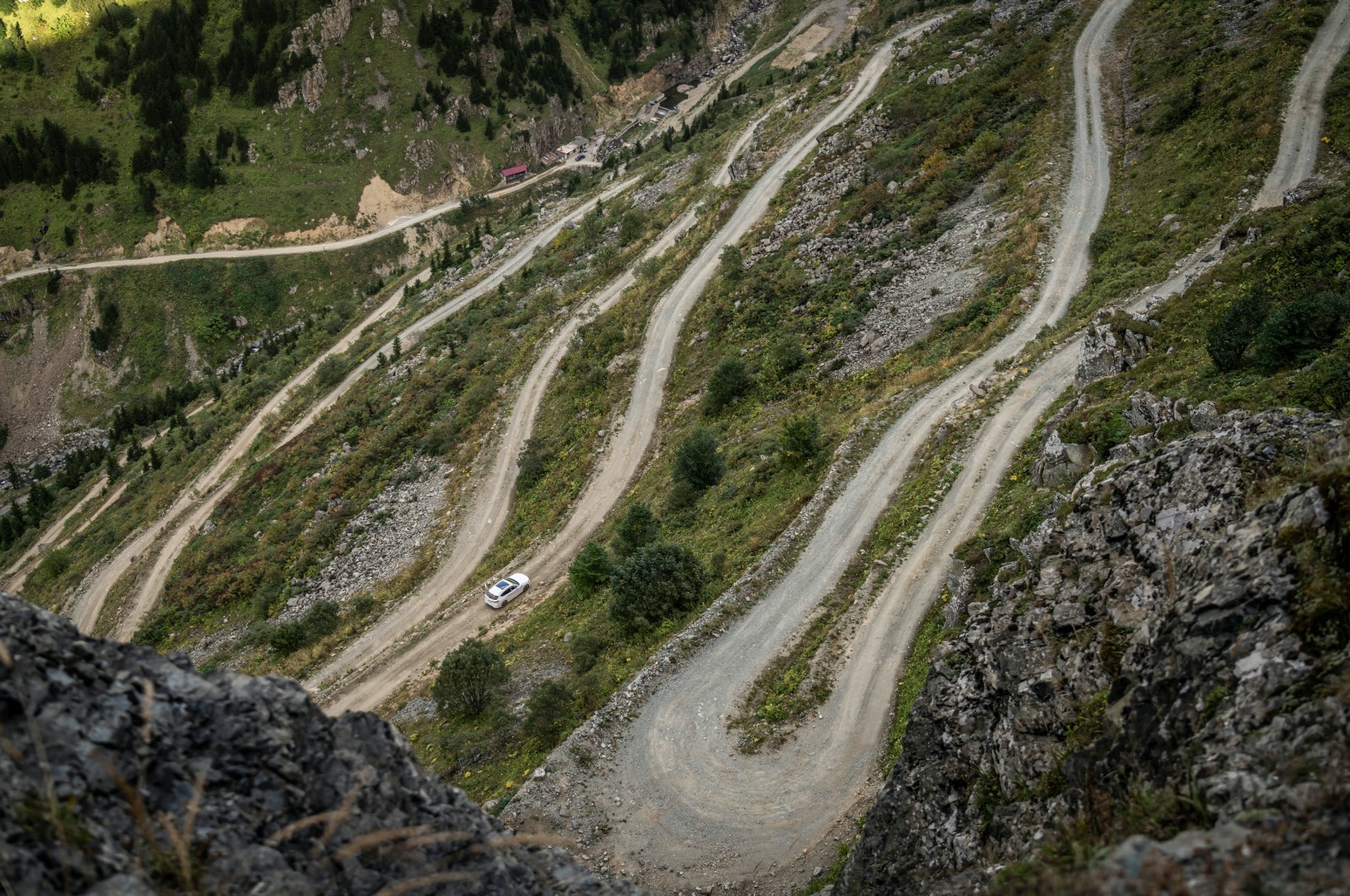
Ahead of me lay 1,100km of exhilarating driving over two 10-hour days, including 200km of challenging unpaved roads considered among the most dangerous in the world, but all of it spectacular.
I was about to drive Mazda’s new flagship CX-60 plug-in hybrid from the town of Trabzon on the Black Sea in the north-easternmost corner of Turkey to Cappadocia in central Anatolia, via the ancient settlement of Elâziğ on the Euphrates River.
This drive suits adventurous souls who are prepared to expect the unexpected. It is a winding route through remote areas with sometimes empty roads, where towns and villages are untouched by the tourist trade.
The all-new CX-60 is ideally suited to tackle the diverse terrain that awaited. It is Mazda’s first plug-in full-hybrid powertrain, representing everything the company has built into its DNA over the last 100 years. From outstanding exterior and interior design to the latest innovations in human-centric technologies, all of it shows off the finest Japanese craftsmanship.
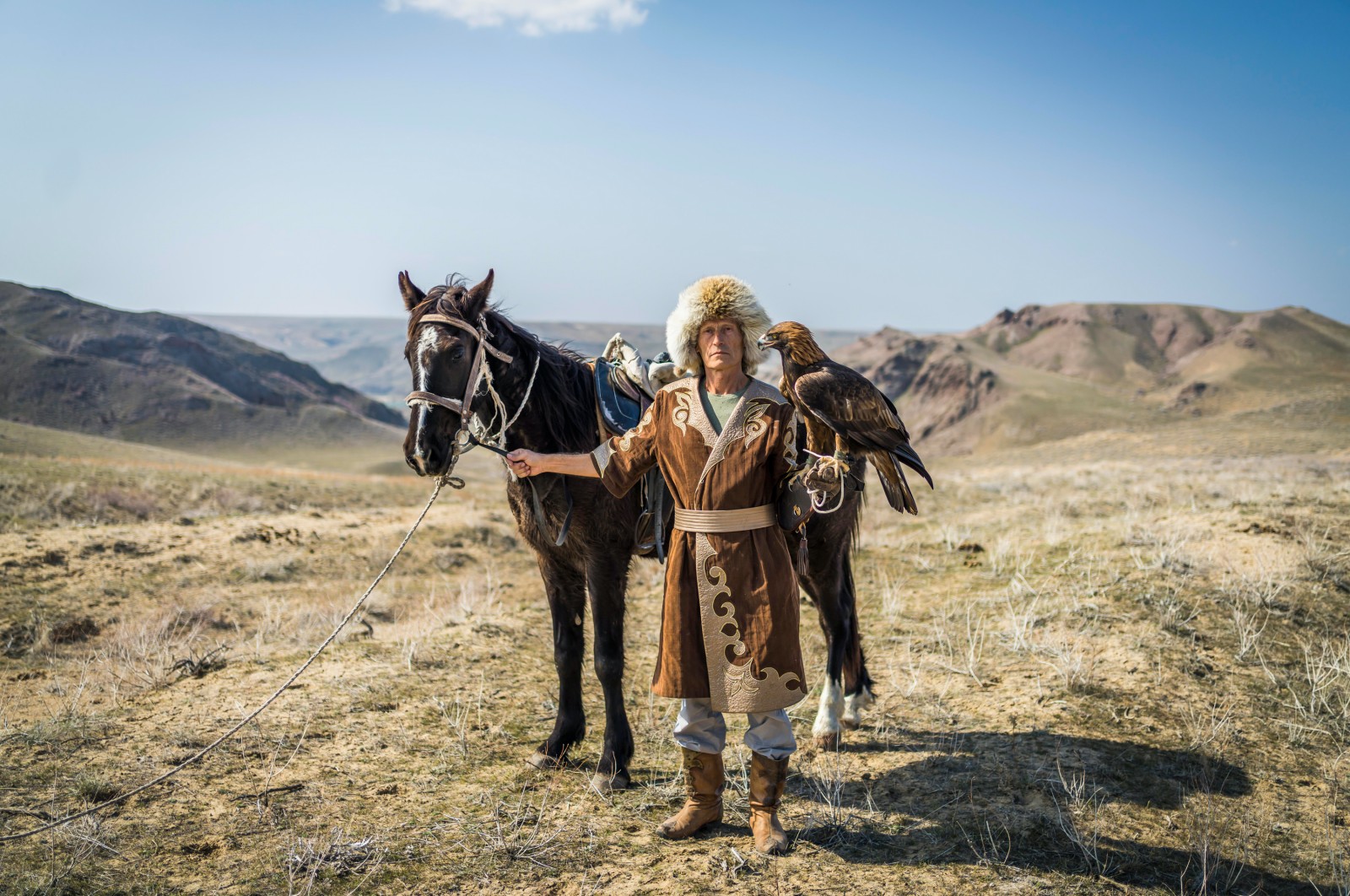
After a 90-minute flight from Istanbul, my drive started in Trabzon, an ancient trading port famous for its tea. Turkey tops both China and the UK as being home to the biggest tea drinkers in the world, and 80 percent of Turkish tea comes from the luscious tea plantations on the outskirts of Trabzon.
Heading south, my route slowly climbed along this 106km section of Turkey’s state road D915, and into the Pontic Mountains.
Built by Russian soldiers in 1916 after their capture of Trabzon, this is still a working road, but mostly unpaved and narrow. There is no signage, but there are 29 hairpin bends, precipitous drops and no guard rails.
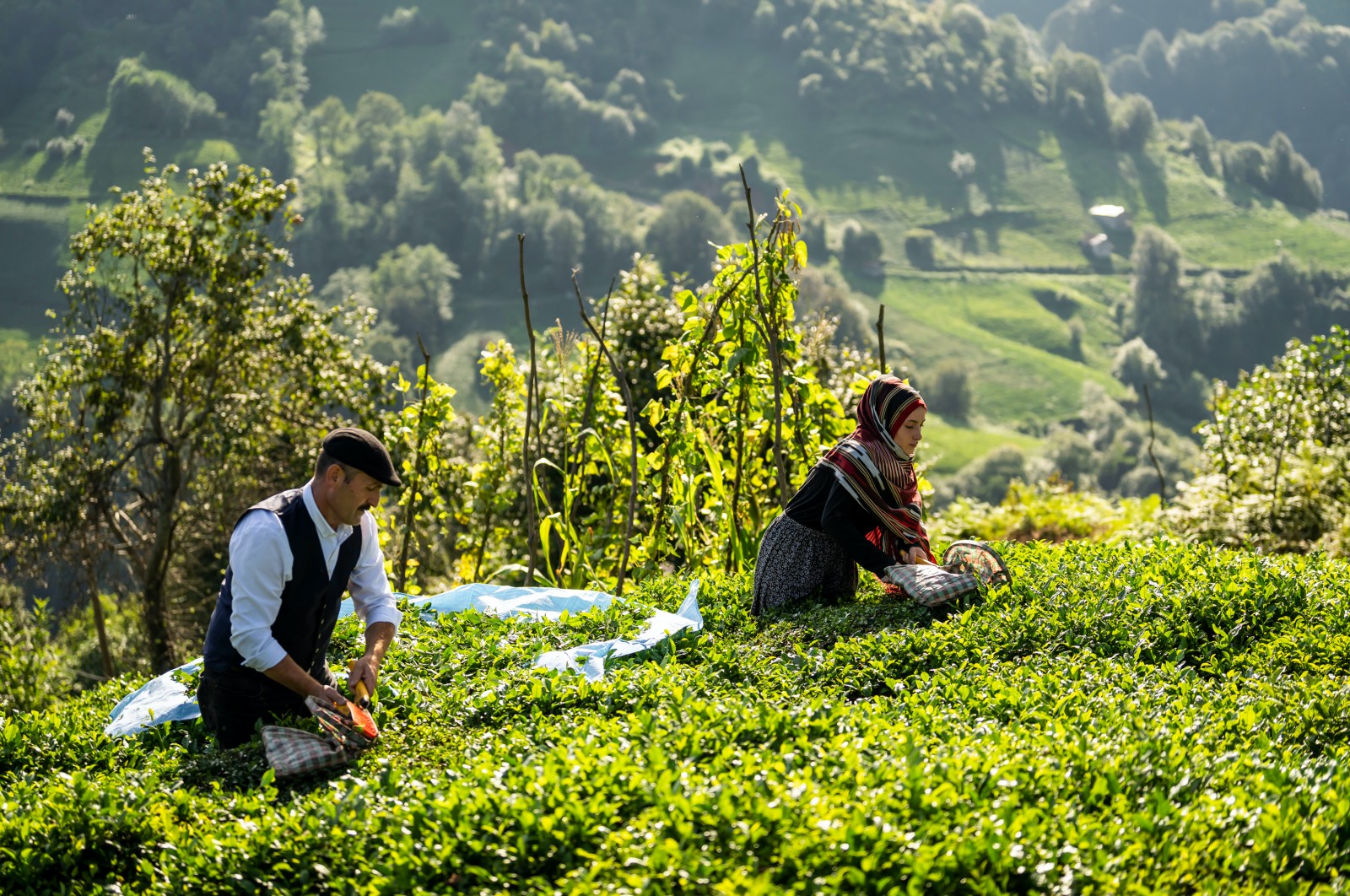
The road starts off tarred, but then you hit the dusty, unpaved section that weaves through tiny cliff-edge villages, where farmers tend their animals and work sloping fields amid the most spectacular valley views.
The most challenging section of the D915 is known as the Derebaşi Bends, climbing the side of Mount Soganli to a pass 2,330m (7,644ft) above sea level.
The weather here is unpredictable, with fog, rain, sleet, snow, hail and sun in a single morning, so it’s not surprising that the road is closed for six months of the year.
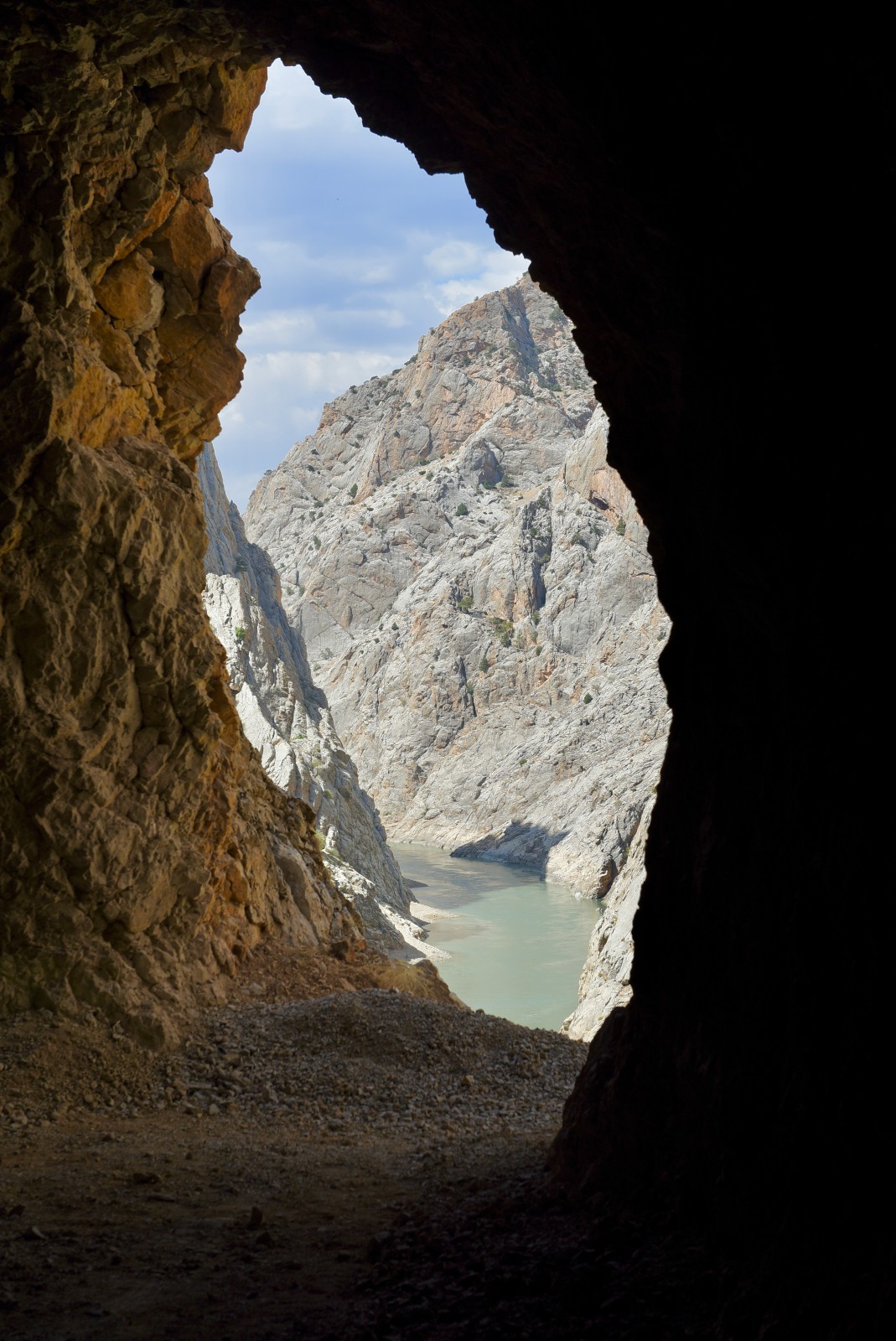
At the bottom of the Bends was a small cafe where the jolly owner proudly showed off homemade snacks and huge jars of his delicious-looking honey. Water for tea boiled on a rustic stove as I sat contemplating the daunting prospect ahead.
The route climbs for 5.1km, zigzagging its way up a steep, unpaved track carved into the mountainside, with 13 ludicrously tight switchbacks. The ascent is approximately 300m (1,000ft) with no room for errors.
It took about half an hour to do the Bends, keeping my speed down to the recommended 25kph (15mph), so that drivers can brake safely and minimise the chances of hitting a rock and getting a puncture. Accelerating or braking too quickly increases the risk of skidding on the gravel and going over the edge.
When a car came downhill, I moved into the corners so we could pass each other safely.
I made the corners in one turn, otherwise, I would have had to reverse towards the barrier-free drop.
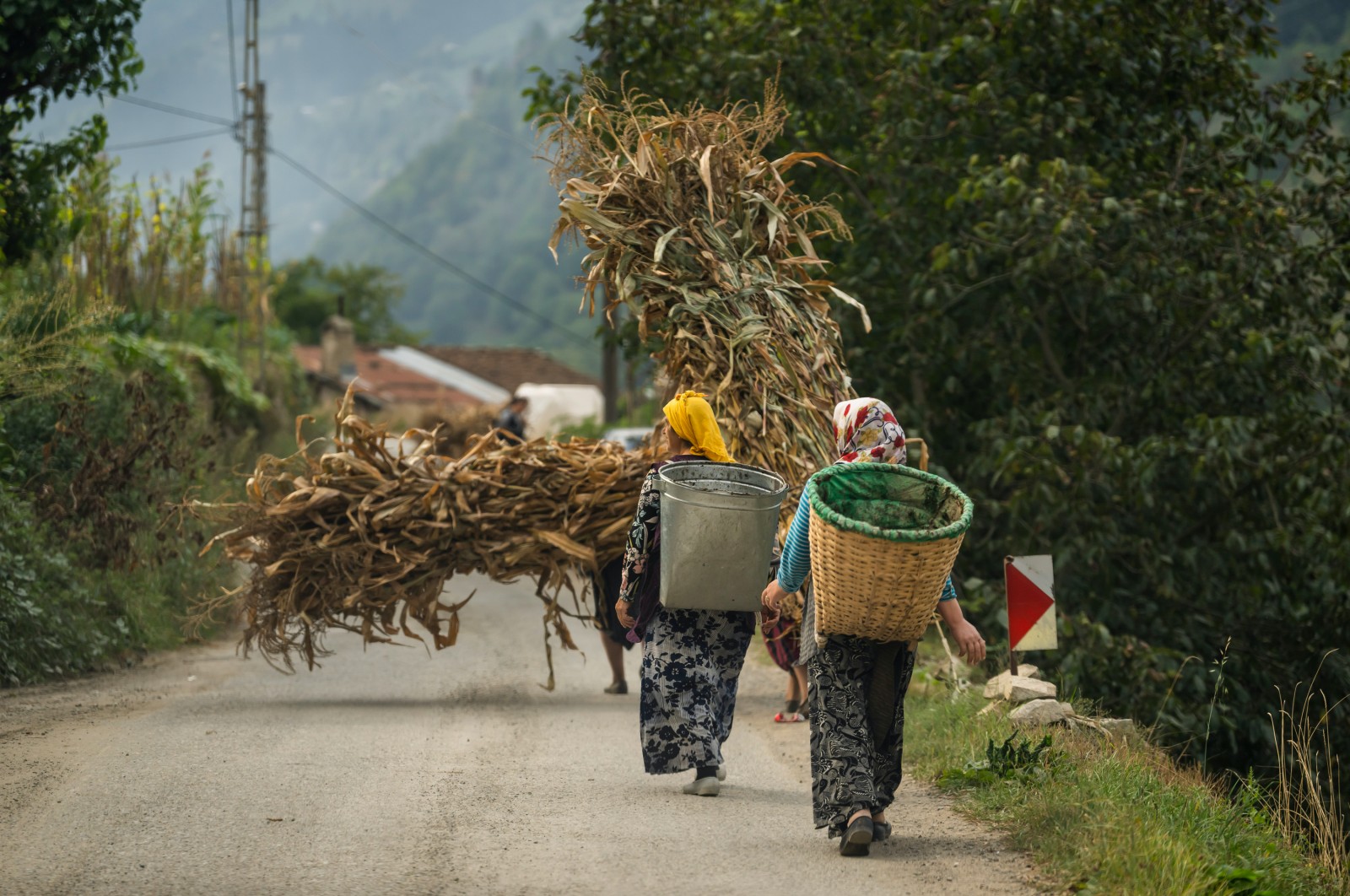
When I couldn’t see what was in front of me, or what was under my wheels, I used the CX-60’s 360° See-Through View camera, a next-generation monitor with an extended field of view at low speeds: one of several new technologies that debut in the Mazda CX-60. Other technologies include Hill Descent Control (HDC), which assists in safely descending steep slopes with slippery or rough road surfaces; Adaptive Cruise Control (i-ACC), which incorporates speed limits from Traffic Sign Recognition; and Blind Spot Monitoring (BSM) with Vehicle Exit Warning for rear-approaching road users.
I reached the top of the pass without any mishaps and looked back, exhilarated, at the narrow track that I’d driven up and the huge drops I’d avoided. From a distance the route looks menacing, but once on the track, the Bends’ dangerous reputation far exceeds the reality.
The next stage was over smooth tarmac roads towards Bayburt and the town of Elâziğ, where I stayed at the Windy Hill Hotel and Spa before tackling the Stone Road the following day.
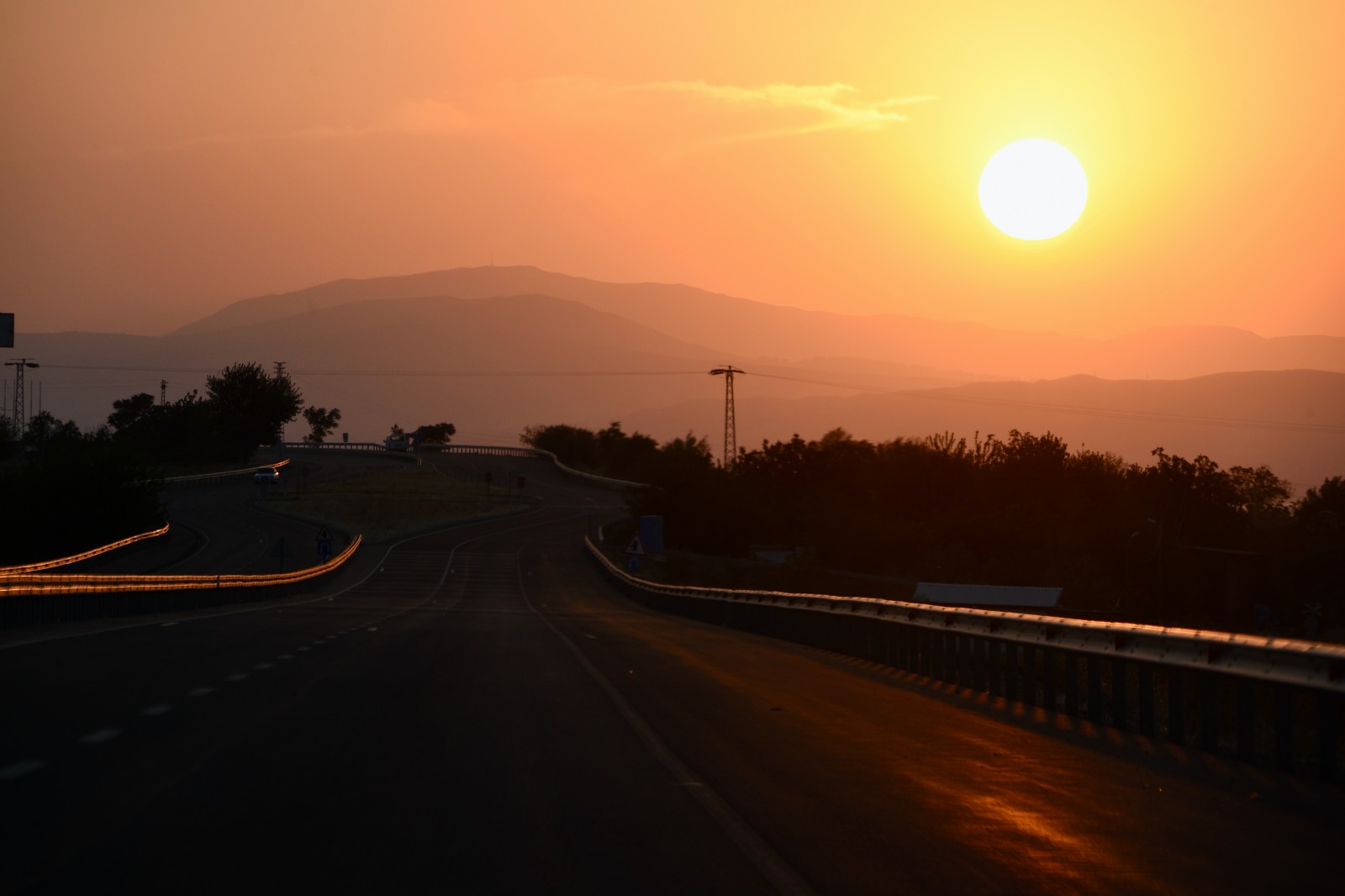
Driving into the sunset towards Windy Hill (c) Lisa Young
By dawn, I was back at the wheel, heading towards Kemaliye and the Stone Road. Local drivers seemed to pay no attention to the speed-limit signs dotted along the roadside, but luckily the traffic was light.
I stopped to photograph a young shepherd carrying a large gun over his shoulder, his flock closely protected by large, intimidating dogs with homemade spiked collars sporting 6in nails to protect them from wolf attacks.
I manoeuvred the CX-60 around slow-moving tractors, random cows, flocks of sheep, scraggy chickens, roadkill, pedestrians and potholes... all part of a typical day’s drive in this part of Turkey.
The Stone Road runs between the alpine-style towns of Kemaliye and Divriği, and it’s regarded as one of the most challenging roads in the world.
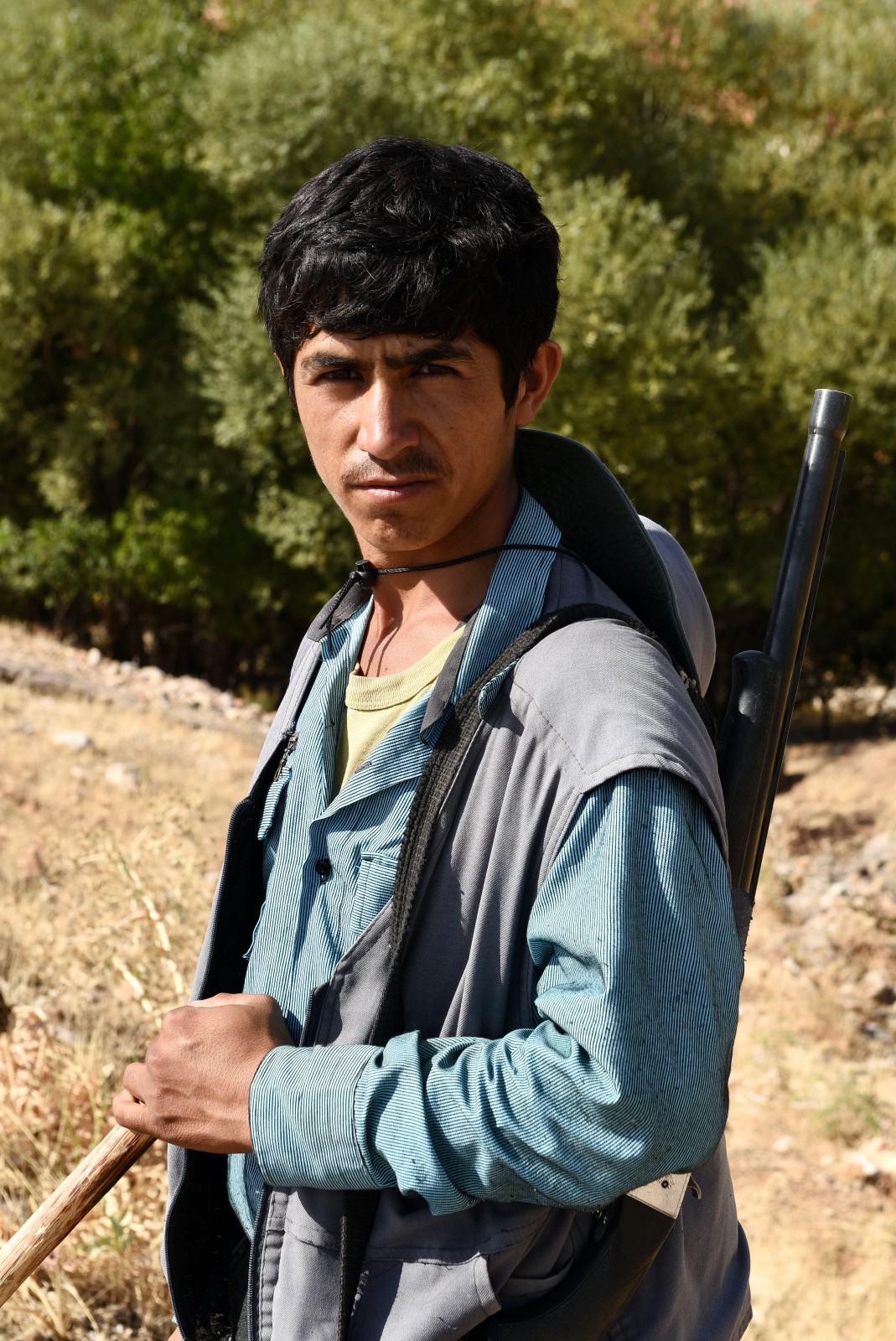
This spectacular drive runs for 7km above the jade-coloured Euphrates, following the river’s twisting contours and passing through 38 hand-chiselled tunnels, some just 2m wide in parts. The route was originally built for pedestrians by villagers who tunnelled all the way through the mountain to connect their two settlements. It took a gruelling 132 years to complete and only finished in 2002.
The road feels solid and it is never too close to the edge to feel completely uncomfortable... unless you fear heights. If so, this drive might not be your cup of Turkish tea.
The Stone Road has more traffic than the D915 but is wider most of the way, although it’s narrow enough in parts. The potential dangers include bad drivers, landslides, rocks falling onto the car, sections of the road crumbling into the Euphrates, bad weather and breaking down in a tunnel.
In the first few short tunnels, my headlights were the only light. Some of the longer tunnels have vast window-like holes that provide illumination, ventilation and stunning views onto the Euphrates. I encountered a few oncoming motorbikes and cars in the tunnels, and we politely edged by each other. At one point, I was overtaken by a large dog that appeared out of nowhere... clearly, I was driving too slowly for the mountain-fit canine.
After the Stone Road, a sense of remoteness prevailed as I drove for the last six hours on good-quality roads through sprawling agricultural landscapes of field upon field. Lollipop-shaped stubby trees lined the road and the limp remnants of sunflowers struggled to stay upright in the fertile soil.
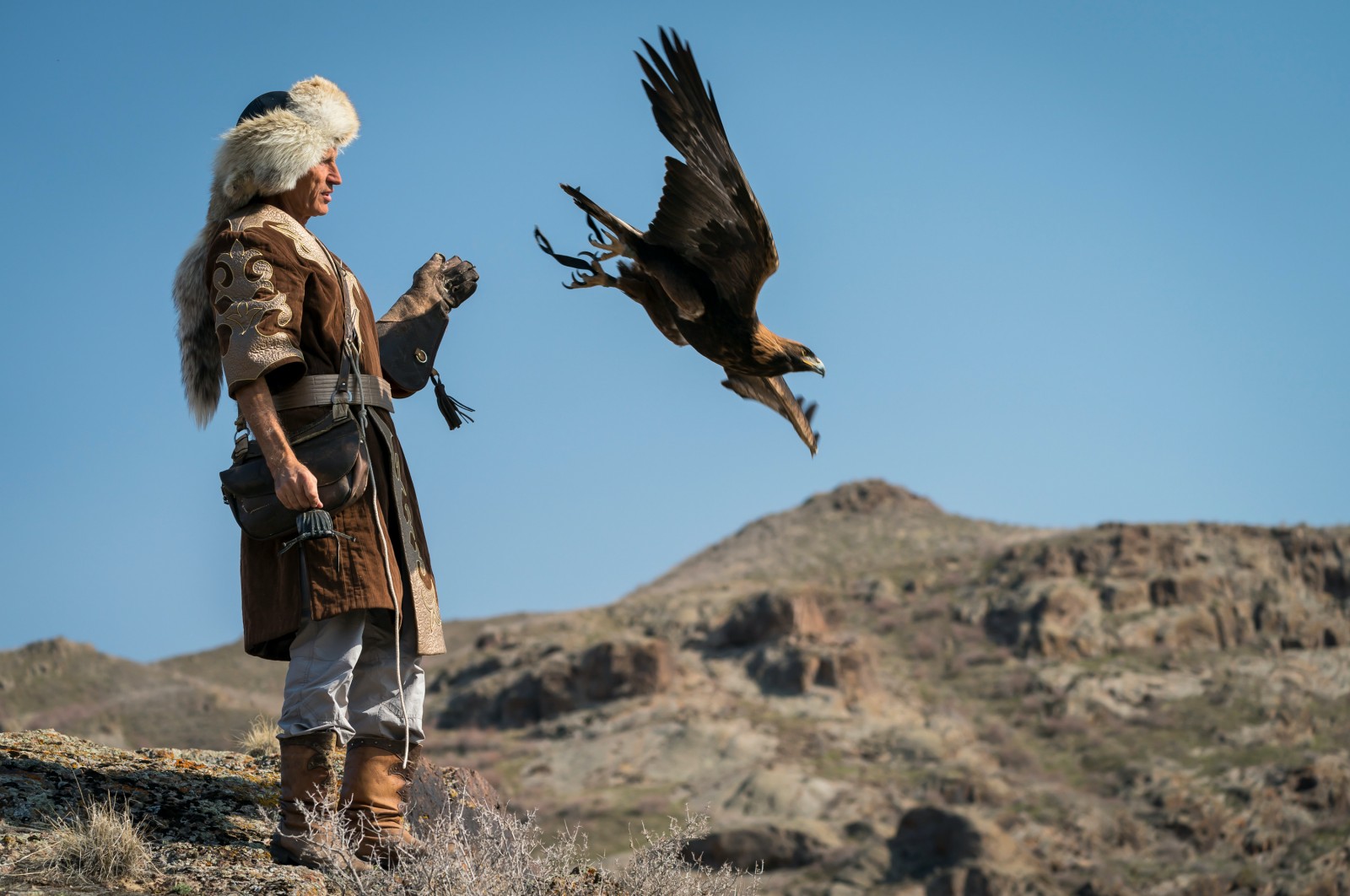
During the last hour of my journey, a fearful black cloud appeared overhead. The temperature dropped and a massive hailstorm fell, threatening to smash the car’s windscreen. I had pulled into a gas station to shelter when a small tornado hit the garage, sending everything flying across the forecourt. The garage owner held onto a drinks machine to stop it from taking off and flying into passing cars.
Yet no sooner had the storm arrived than it disappeared, and I was on my way again.
The route finished in the cave town of Ürgüp in Cappadocia, within the province of Nevşehir, and a night in a luxury cave at Yunak Evleri Cave Hotel. Here the hotel rooms are ancient caves, albeit modernised with electricity, bathrooms and comfortable beds. It’s a spectacular location for dining outdoors and for sleeping in a pitch-dark room like a Bronze Age troglodyte.
The luxury of this trip is driving where very few people dare to go, with barely a handful of other road users.
The Mazda Hybrid CX-60 is a luxury SUV, ideal for normal daily life, but it came out of this demanding drive unscathed and kept me safe, regardless of everything Turkey threw at it... including that tornado. This vehicle is fit, fun and feisty; up for everything and afraid of nothing.


